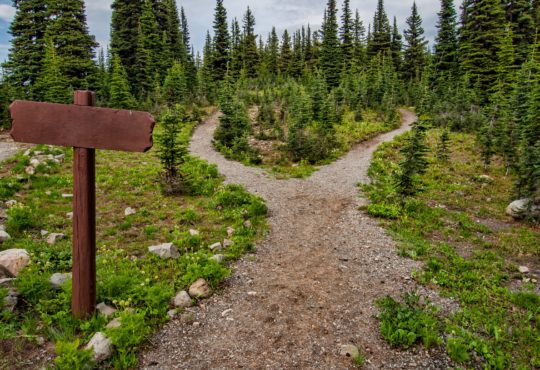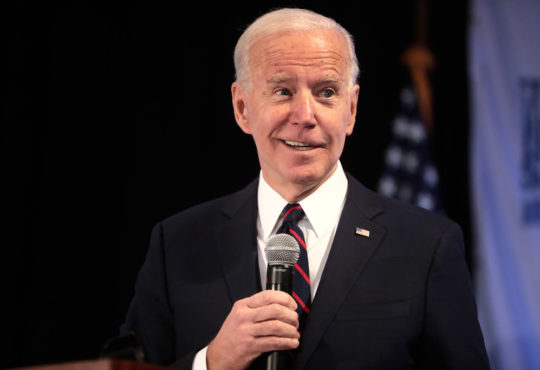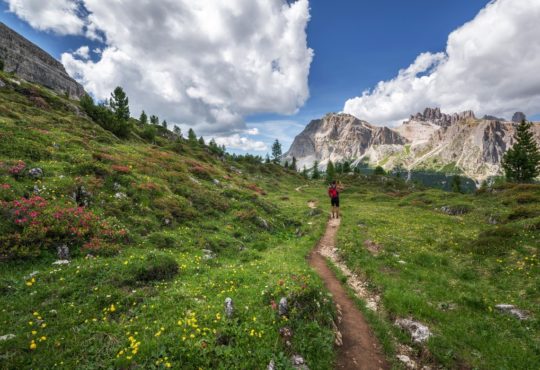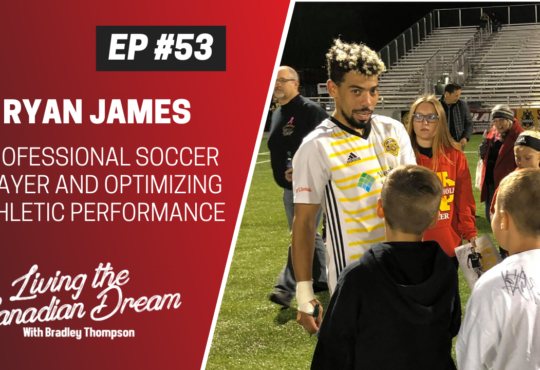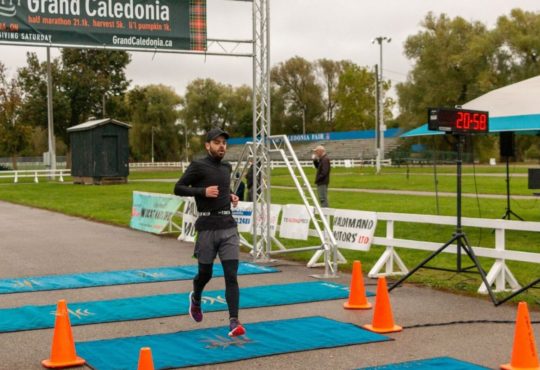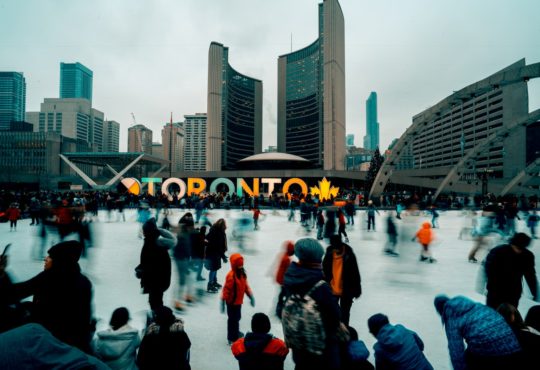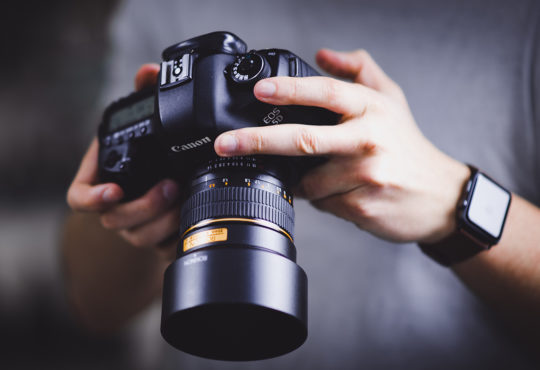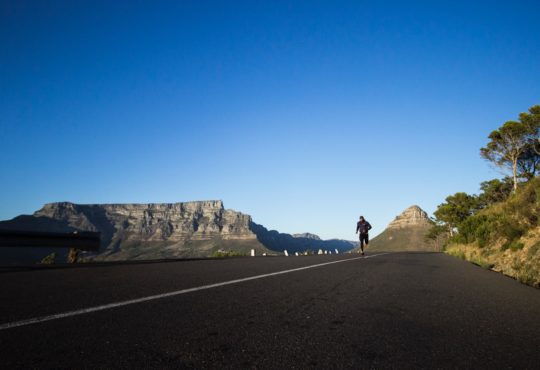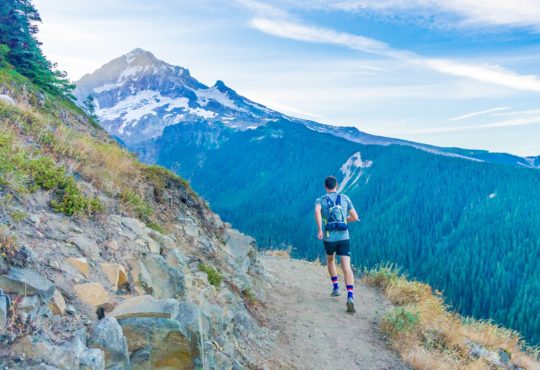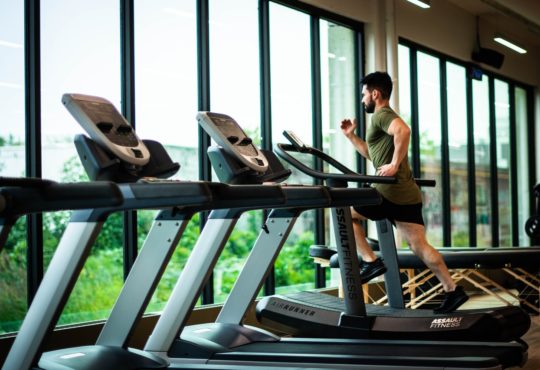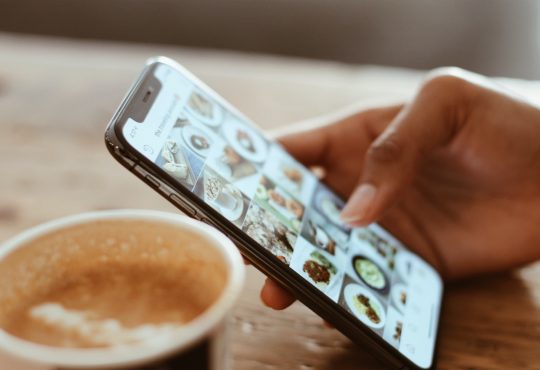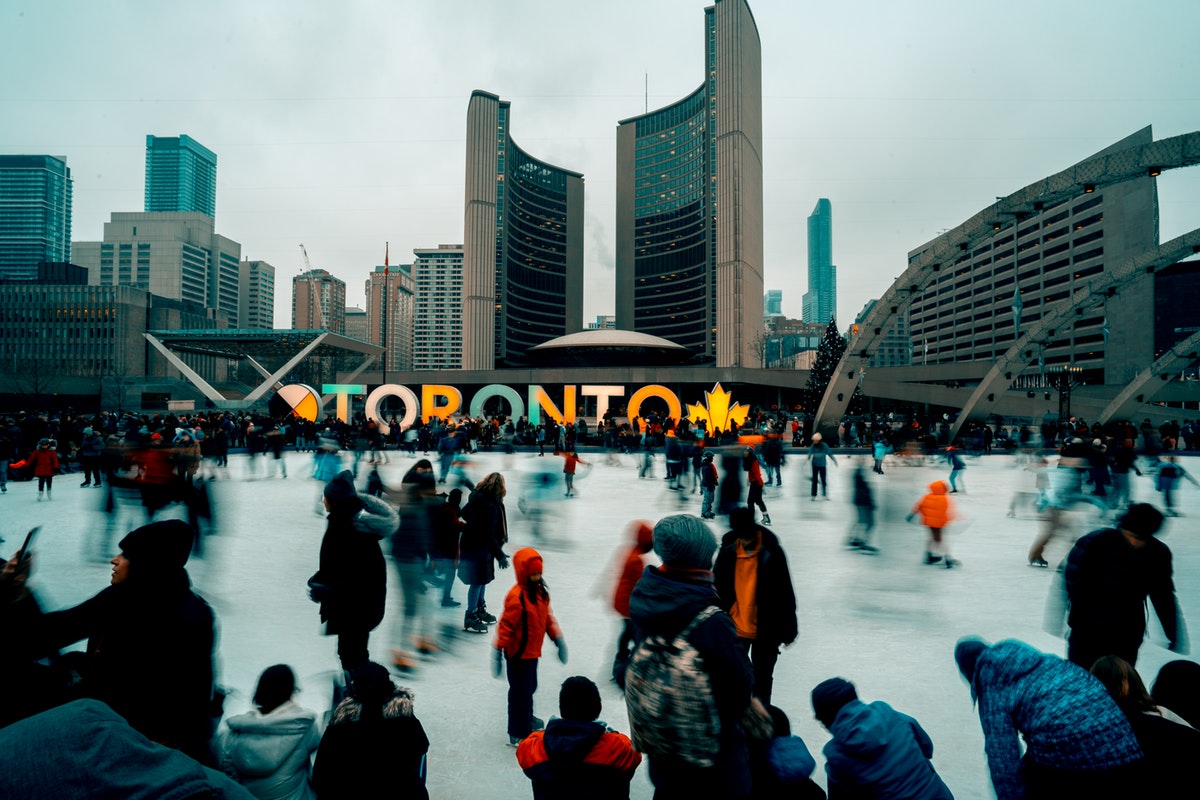
4 Ways Social Networks Can Improve Their Platforms For Emergencies
History Was Made In Toronto
The Toronto Raptors parade was June 17, 2019, which has now been named, “We the North day”. The city of Toronto was overflowing with celebration and eager fans awaiting the arrival of the 2019 NBA World champions, the Toronto Raptors. This parade was historic for the city of Toronto because not only were there record numbers of people attending the parade (basically the entire city called in sick) but this was the first time the Toronto Raptors have ever won an NBA Title. So this parade was a huge deal.
But unfortunately, with any group of people, you always have a few bad apples and that’s exactly what we saw. Although the majority of people were in the city to celebrate the victory, some individuals had other plans. There were multiple incidents that occurred in Toronto during the parade including a shooting in Nathan Philips Square, a stabbing and a bomb threat in downtown Toronto. All of these incidents were terrifying for people in the city but also for friends and families that knew parade attendees.
Major news channels showed the shooting (not directly – via overhead video) on their live streams which clearly showed the moment the situation occurred. From the moment the incident occurred you could see hundreds of people scatter at Nathan Philips square. It was a truly terrifying scene and although I personally wasn’t in Toronto that day, I was following the events via live stream and Twitter.
SHOOTING:
Nathan Phillip’s Square
**Update**
-4 victims located
-None of the injuries are life threatening
-3 people arrested
-2 firearms recovered
-Investigators wish any video to assist in investigation
-Please use portal: https://t.co/NGv3aZdlDO
^dh— Toronto Police OPS (@TPSOperations) June 17, 2019
Emergency Updates On Social Media
Social media has been a beneficial tool for individuals especially in times of emergency and crisis. But this event proved to be “less than adequate” for following the terrifying shooting and stabbing situation online that occurred in Toronto. Since the situations happened so quickly there wasn’t enough detailed information being added to Twitter and other social networks, to properly assess the severity of the situation. Furthermore, although the Toronto police did make a brief tweet announcing the current situation, if you aren’t following the Toronto Police Twitter account you wouldn’t have been notified. Thus, everyone that was waiting in shock to find out the severity of the emergency was left in the dark due to the lack of live updates and detailed responses from emergency agencies and the media.
So my plea for this article is this, we need to have a discussion on how to improve social media and social networking platforms in order to help people communicate during emergencies. Sure, Facebook has a “mark as safe” feature (as part of their crisis response initiative) in the event of a huge natural disaster or tragedy but what do we do about local situations like the ones that transpired in Toronto?
Furthermore, when it comes to other social networks, the emergency features are seriously lacking and basically non-existent. For example, Twitter has an emergency feature called, “Twitter Alerts” which sends out an alert from public and emergency organizations during an emergency. But similar to Facebook’s emergency system, the alerts on Twitter seem to be non-existent and focused solely on large disasters, not local emergencies such as the Toronto Raptors Parade. In addition, the Twitter Alerts system is pretty useless because you have to manually opt into the service to receive alerts via text message.
How Social Networks Can Improve Their Emergency Tools
Although, the current availability of social network emergency tools is scarce, here are actionable ideas on how social networking functionality can be improved for the greater good. By using the following ideas as a foundation, social networks will be able to improve their platforms to allow more functional emergency tools for their users.
Police and emergency departments should be able to send out a local push notification to all accounts within a geographic area for serious or potentially dangerous emergencies, similar to an Amber Alert.
Content moderators at Facebook, Twitter & Instagram should be moderating and prioritizing content that is significant for ongoing emergencies on a local scale. This moderation should be done in a way to provide ongoing updates to Twitter users based on verifiable sources, not spam accounts.
Social networks need to have more local tools available to help emergency personnel communicate with the general public. For example, people were locked down inside Eaton Center mall when the stabbing occurred but these individuals were unaware of the severity of the situation. In addition, users on the platform should be able to easily and quickly communicate with emergency agencies directly through the platform in regards to timely information about the emergency.
A simple push notification system based on geo-location should be available on social networking platforms to allow individuals to “mark themselves as safe” or “request emergency services or help” directly through the platform. Platforms such as Facebook currently have a “mark as safe” feature for natural disasters but for situations such as the shooting in Toronto, there is no helpful tool.
Social Networks Can Do Better
A simple analysis of the current emergency protocol on social media is inadequate and ineffective for communicating emergencies and it needs to be fixed. People are always on social media, so why not make it more of a priority to protect users in real-time by providing them with tangible tools to stay safe and help others?
Social Networks Can Help Save Lives
In conclusion, social media has the potential to not only be a tool for connecting individuals but it can play a huge role in regards to the safety and health of individuals during local emergencies. But the current emergency tools offered by social networks are extremely inadequate when it comes to helping individuals on and off the platform. Thus, social networks need to urgently invest insufficient emergency tools for the greater good as it could be the difference when it comes to saving lives during local emergencies.
I’d love to hear your thoughts on the topic of social network emergency tools, so leave a comment or drop me a note on twitter @iambradthompson because a discussion around this topic could have a positive impact on the world! Also, if you want to read more of my content visit my blog, “Living the Canadian Dream“.




